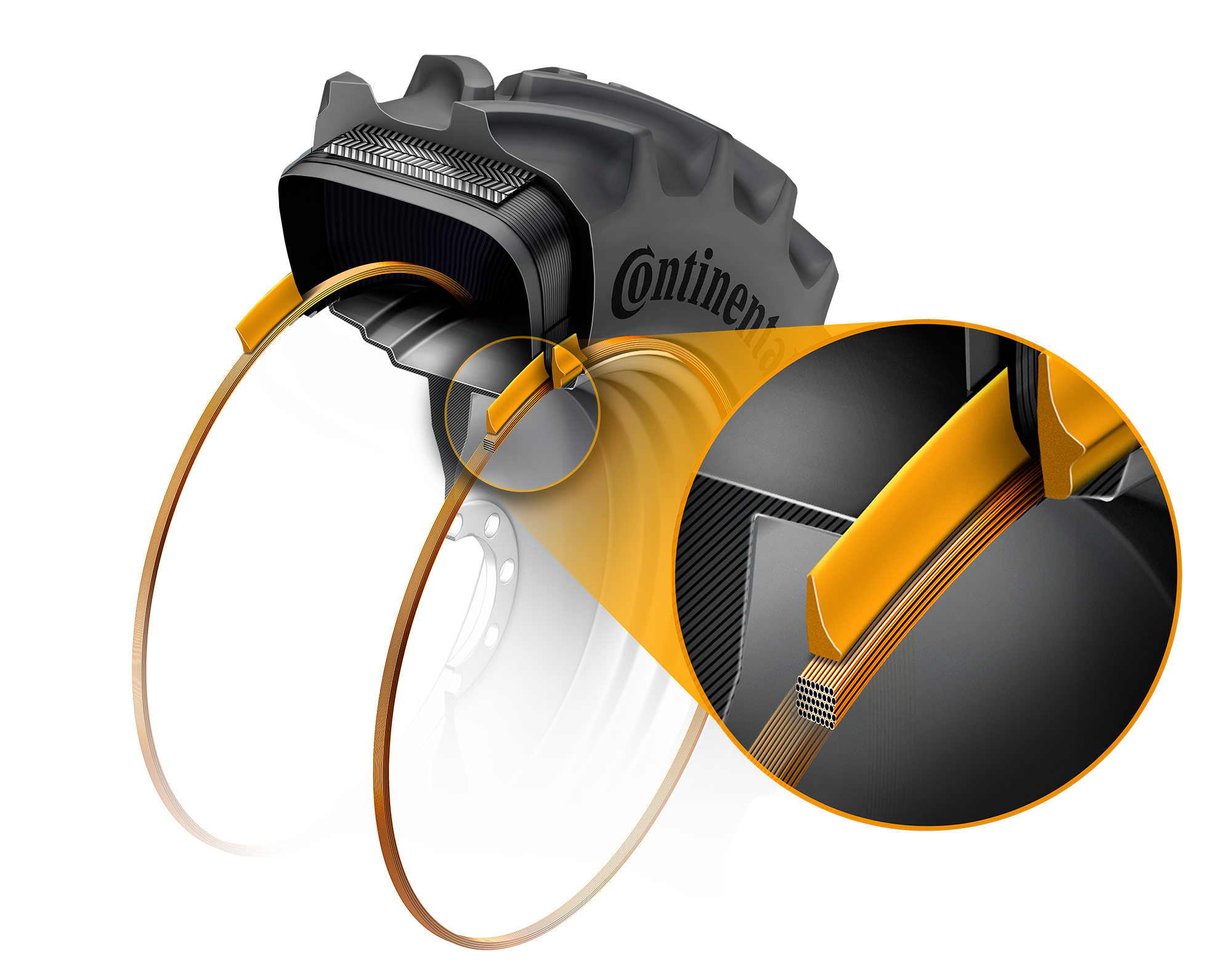
#Agriculture
Making the correct tyre choice
Introduction

Why is choosing the right tyre so important?
In a series of posts, we want to help machinery operators understand how tyre choice can impact the efficiency of agricultural vehicles large and small. Choosing the right tyres is fundamental to the traction, fuel efficiency and stability of a machine. And, for those machines that move from road to field, the chosen pressure for load can also reduce energy wastage which will improve operational efficiencies and protect soil health.
So why are we focusing on the choice of tyre rather than just saying buy our latest? It is because tyres are an important part of realising the potential of a farm machine and we want you to realise the full potential of yours. Without traction, any machine with wheels and tyres is all but useless, so choosing the best tyre is crucial to operational efficiency.
We also want you to choose tyres that will be both efficient and economical for your farming system. Not every farmer can benefit from very high flexion (VF) or increased flexion (IF) tyres, and when choosing tyre size, it may not always be a case of bigger is better.
In this post we want to share with you how a radial tyre is constructed and why the bead can make a significant difference to the efficiency of the tyre.

The bead – our agricultural tyre bead core is made from a single wire wound around the circumference of the tyre. This makes it stronger than some radial beads that use multiple wires with multiple joins. The joins are essentially weak points and so having fewer joins makes the bead and the tyre stronger.
The bead holds the tyre on the rim. It also helps the tyre to be fitted to the rim. The strength of the bead is fundamental to the tyre’s ability to carry weight at lower pressure, so a stronger bead offers the potential to run tyres at a lower pressure without the tyre slipping the rim.
By running at lower pressures, the weight of the machine is better spread which can help to reduce soil compaction. Operating at the optimum pressure for load can also improve fuel consumption which will help operators to make cost savings.
In our next post we will look at how the belt of the tyre can help to improve the flexibility of a tyre and decrease the likelihood of flat spots.
